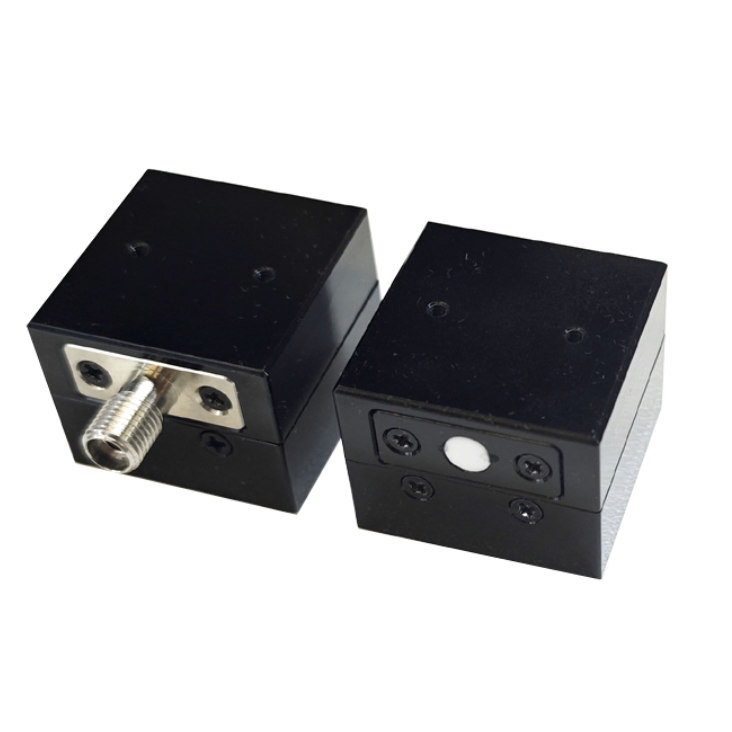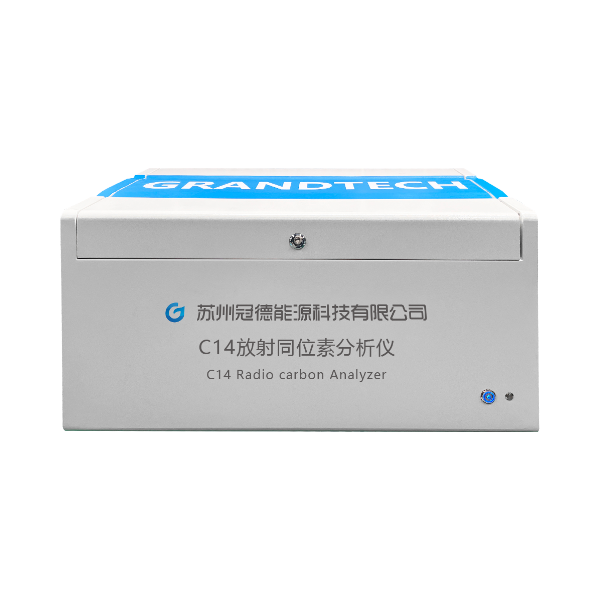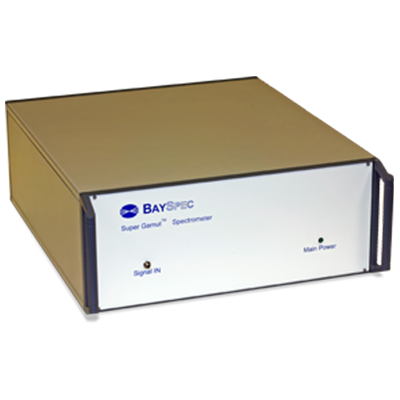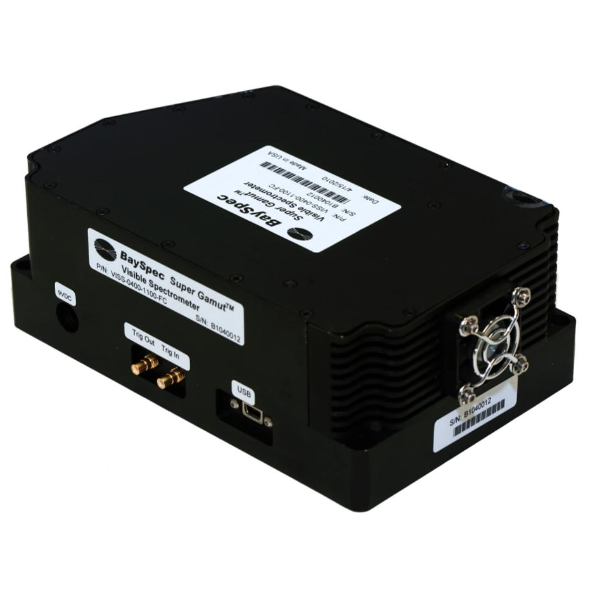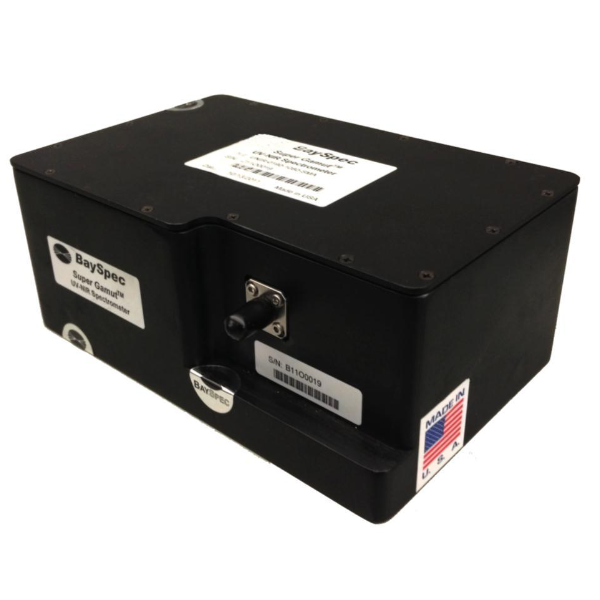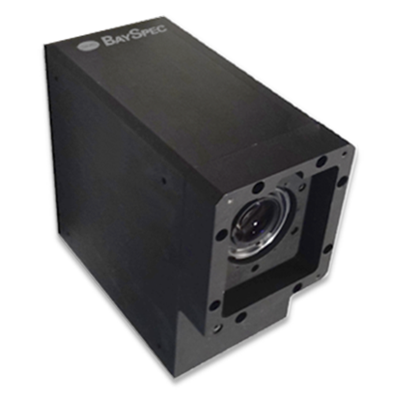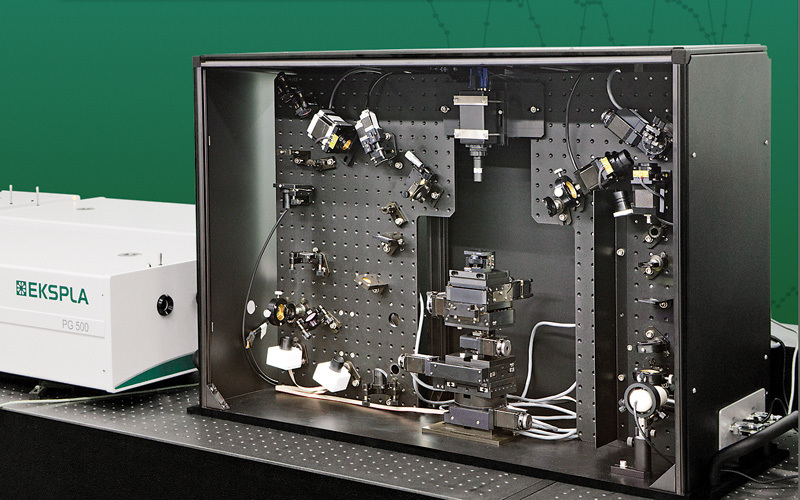
用立陶宛Ekspla公司的皮秒振动和频光谱系统,对纳米黄金颗粒和蛋白质分子吸附相互作用的现象进行了理论和实验研究
方案详情

Nanoparticles are widely used in many fields of science and can often be found in everyday commercial products. This widespread use of nanoparticles in our daily lives and the industry have raised several concerns regarding the safety and environmental impact of these nanoparticles. In the biomedical field, understanding how nanoparticles interact with the biological environment is crucial for public safety and advancing the development of nanomedicine. In this work, both computational and experimental methods were developed to aid the surface chemical characterization of functionalized nanoparticles.The major experimental project focuses on controlling and probing the orientation of immobilized proteins on gold nanoparticles. Protein G B1, a protein that will selectively bind to the Fc region of IgG, was immobilized onto gold NPs (AuNPs) functionalized with oligo(ethylene glycol)-Maleimide (OEG-MEG) self-assembled monolayers (SAMs). The orientation of the protein can be controlled via a site-specificmaleimide-sulfhydryl reaction between the OEG-MEG SAMs and the cysteine amino acid in the protein. Utilizing site-specific chemistry and surface sensitive analysis techniques of X-ray photoelectron spectroscopy (XPS) and time-of-flight secondary ion mass spectrometry (ToF-SIMS), it was possible to both control and determine the orientation of immobilized Protein G B1on gold nanoparticles.In addition to experimental analysis, robust computer simulations using the Simulation of Electron Spectra for Surface Analysis (SESSA) program were incorporated to aid the characterization of a wide variety of nanoparticles. It was demonstrated that SESSA can accurately simulate XPS spectra and peak intensities of nanoparticles and verify existing methods of calculating overlayer thickness of core-shell nanoparticles. Further, SESSA can be applied to assess the structure and thickness of various SAMs on both flat and nanoparticle surfaces by incorporating experimentally collected XPS and sum-frequency generation (SFG) results.In another study, SESSA was applied to model citrate stabilized Au/Ag-core/shell nanoparticles with complex geometrical properties. The Au/Ag-core/shell NPs were polydispersed in size, non-spherical, and contained off-centered Au-cores. The NPs were characterized using XPS and scanning transmission electron microscopy (STEM) to determine the composition and morphology of the NPs. Simulating NPs with average dimensions and not accounting for the geometrical properties of the NPs resulted in significant underestimation of the gold intensity. Simulations based on the combined effect of NP non-sphericity and off-centered Au-core resulted in reduced effective Ag-shell thickness and provided simulated elemental compositions that matched the experimental XPS results.
确定
北京欧兰科技发展有限公司为您提供《纳米粒子中材料表征检测方案(其它光谱仪)》,该方案主要用于其他中材料表征检测,参考标准--,《纳米粒子中材料表征检测方案(其它光谱仪)》用到的仪器有Ekspla SFG 表面和频光谱分析系统
推荐专场
相关方案
更多
该厂商其他方案
更多










